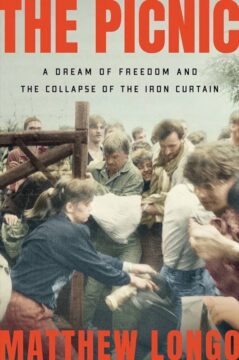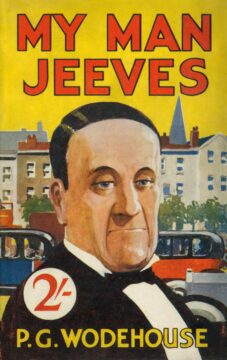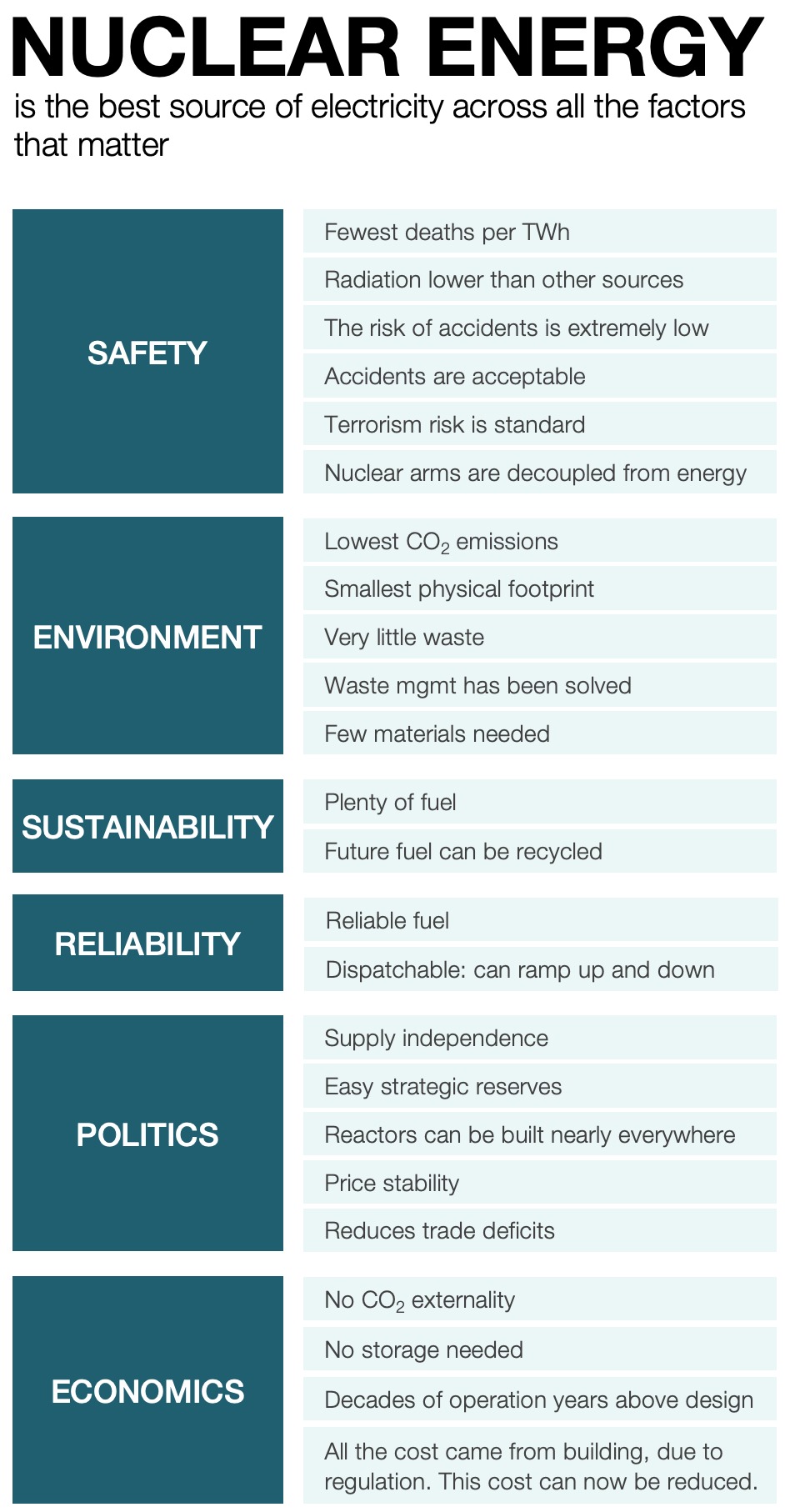Sarah Lewis in The Washington Post:
In the summer of 2022, I went to the cathedral and found myself just feet from President Woodrow Wilson’s tomb and memorial. Along with others, I had been invited to speak about the new commission that the church had just unveiled: stained-glass windows and tablets by artist Kerry James Marshall and poet Elizabeth Alexander to replace those dedicated to Confederate generals Thomas “Stonewall” Jackson and Robert E. Lee. The Confederates’ stained-glass windows had remained in the church for nearly 70 years, erected through a gift from the United Daughters of the Confederacy (UDC). The tomb of Wilson, the first Southerner elected president after the Civil War, had been deliberately installed beneath these stained glass windows.
More here.

 On March 31, 1968, days before he would be assassinated, the Rev. Martin Luther King Jr.
On March 31, 1968, days before he would be assassinated, the Rev. Martin Luther King Jr.  The Mexican writer Álvaro Enrigue’s new novel has a soft, nebulous title: “You Dreamed of Empires.” Its cover is forgettable, too. Like nearly every book on the New Fiction table, it is all wavy patterns and beach-towel colors. This generic look has come to promise a) bright settings and b) young characters out to conquer racial and sexual threats as they perceive them. This would be excellent were it not for, as often as not, c) writing in which one is instructed how to feel at almost every moment.
The Mexican writer Álvaro Enrigue’s new novel has a soft, nebulous title: “You Dreamed of Empires.” Its cover is forgettable, too. Like nearly every book on the New Fiction table, it is all wavy patterns and beach-towel colors. This generic look has come to promise a) bright settings and b) young characters out to conquer racial and sexual threats as they perceive them. This would be excellent were it not for, as often as not, c) writing in which one is instructed how to feel at almost every moment. A
A The Aug. 13, 2021 edition of The New York Times failed to mention the 500th anniversary of the fall of Tenochtitlan, the erstwhile Aztec capital out of which Mexico City was born. Álvaro Enrigue noticed. Of course.
The Aug. 13, 2021 edition of The New York Times failed to mention the 500th anniversary of the fall of Tenochtitlan, the erstwhile Aztec capital out of which Mexico City was born. Álvaro Enrigue noticed. Of course. Ryan Crownholm, a middle-aged Army veteran with luminous green eyes and a strong jawline, likes to describe himself as a health hacker. He has written on LinkedIn that, after founding and running several construction-related companies, he started to think of his own body as a data source. During the pandemic, he attached a continuous glucose monitor to his skin, bought an
Ryan Crownholm, a middle-aged Army veteran with luminous green eyes and a strong jawline, likes to describe himself as a health hacker. He has written on LinkedIn that, after founding and running several construction-related companies, he started to think of his own body as a data source. During the pandemic, he attached a continuous glucose monitor to his skin, bought an  O
O Douglas Adams called him “the greatest comic writer ever.” Hilaire Belloc went so far as to pronounce him “the best living writer of English,” and rather than retract that excessive praise he explained it. P.G. Wodehouse had perfectly accomplished what he set out to do: create and sustain a world that would amuse us.
Douglas Adams called him “the greatest comic writer ever.” Hilaire Belloc went so far as to pronounce him “the best living writer of English,” and rather than retract that excessive praise he explained it. P.G. Wodehouse had perfectly accomplished what he set out to do: create and sustain a world that would amuse us.